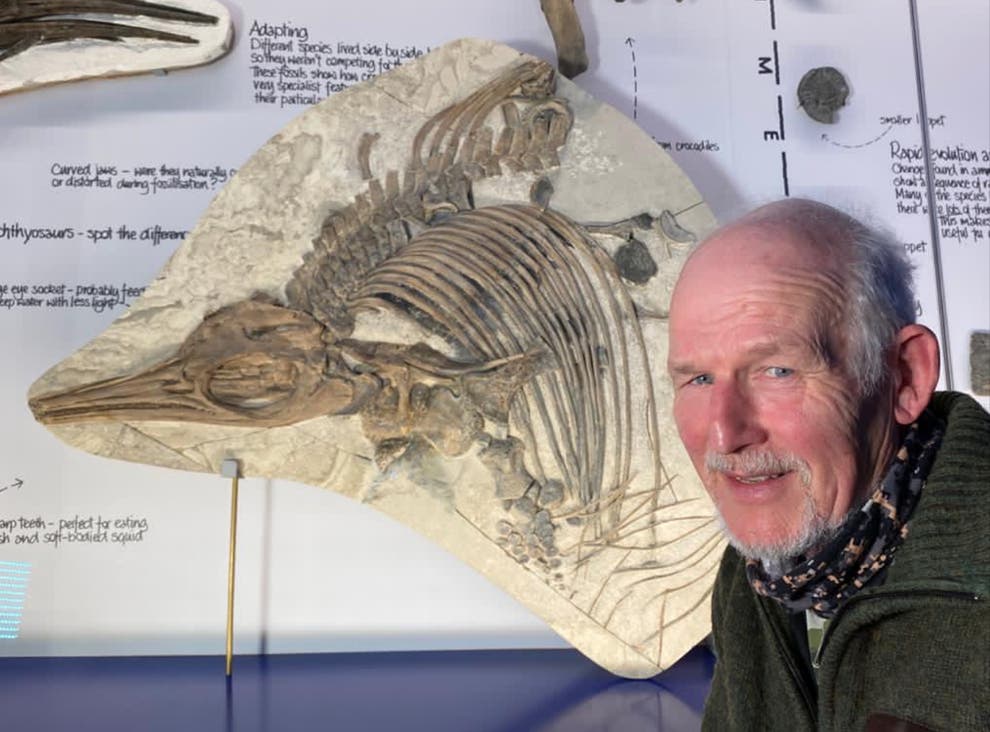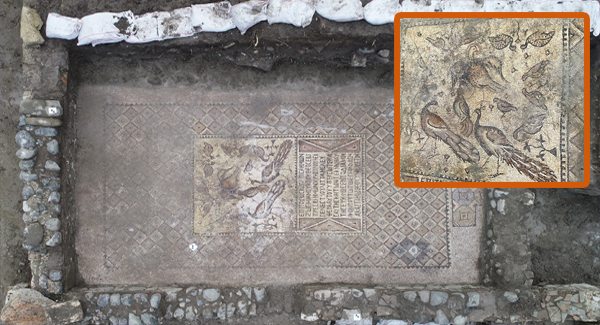A volcano has erupted, unleashing streams of lava from beneath the Earth’s surface. It began with teacups rattling in a mountain village café, delicate bone china dancing across wooden tables. Then came a deep, ancient groan from Mount Vago’s core, a sound no living person had ever heard. Birds burst from treetops in black clouds as dust sifted from ceiling beams. No one recognized the sound for what it was: a giant awakening from 10,000 years of slumber, about to reveal humanity’s most astonishing archaeological discovery.
The unexpected awakening started with small tremors locals barely noticed, just tiny vibrations rippling through the ground around Mount Vago. Scientists at a nearby geological survey station detected them but dismissed them as routine seismic activity. The mountain hadn’t erupted in 10,000 years, and Mount Vago wasn’t even classified as active anymore. The first tremors were like whispers. Children noticed their marbles rolling uphill, defying gravity. Well water turned warm overnight, carrying sulfur that made livestock refuse to drink. Birds abandoned nests mid-season, leaving half-built homes in the trees. A tentative thread of vapor rose against the dawn sky, and scientists finally acknowledged what villagers had felt for weeks: something primordial was stirring.
Over weeks, tremors grew stronger. Groundwater heated up, and sulfur smells filled the air. Wildlife acted strangely—birds fled, and mountain goats descended to lower elevations. When a plume of smoke appeared from Vago’s peak on a crisp Tuesday morning, authorities evacuated villages within a 15-mile radius, established a no-fly zone, and called in volcanic experts. Within 48 hours, Mount Vago roared to life, sending ash clouds miles into the sky.
Once the eruption settled, research teams explored the newly exposed terrain. On the eastern slope, geologist James Harmon noticed straight lines in a cliff face—unnatural right angles. He found perfectly cut stone blocks forming a wall, a doorway, and rooms descending into darkness. It was an entire settlement built into the mountain, sealed by ash 10,000 years ago. Tools lay on workbenches, looms held half-finished textiles, and storage vessels contained preserved grains—a civilization frozen at the moment the mountain last awoke.
As archaeologists dug deeper, they uncovered a sophisticated society. A circular observatory chamber had carvings tracking volcanic activity, with stone tables marked with eruption cycles in an undeciphered script. A pendulum system over volcanic sand distinguished harmless tremors from dangerous ones. Evacuation tunnels, engineered with air shafts and stocked supplies, showed they anticipated eruptions. Children’s teaching tools—miniature monitoring instruments—revealed how this knowledge was passed down. This civilization didn’t just react to the volcano; they studied it with precision that astonished modern volcanologists.
The settlement revealed a complex society with specialized roles, advanced agriculture, and trade networks. Elite residences had intricate stonework, while simpler dwellings housed craftspeople and farmers. Terraced fields supported 12 crop varieties, and storage rooms held preserved grains and fruits. Water systems captured rainfall and hot springs for drinking, bathing, and heating. Artisans crafted ceramics, textiles, and metalwork, suggesting prosperity that supported artistic expression.
Spiritually, they venerated Mount Vago. A ceremonial chamber with an altar facing the peak held volcanic rock figurines in reverent poses. Murals depicted humans emerging from fiery cracks, suggesting they believed they were born from the volcano. Ritual chambers showed ceremonies timed to seismic activity, with offerings tied to volcanic patterns—a dialogue with the mountain, not mere appeasement.
Despite their knowledge, the final eruption caught them off guard. Half-eaten meals, open doorways, and abandoned valuables indicated a hurried evacuation. Emergency supply bags were left behind, and in the observatory, remains of individuals surrounded by monitoring tools suggested some stayed to warn others. A partially etched tablet with evacuation instructions was cut off mid-sentence. Escape tunnels led to coastal caves 15 miles away, where temporary camps showed refugees gathered before moving on, their culture likely absorbed into neighboring societies.
Technologically, they were advanced. Workshops held pendulum-based seismographs, geothermal channels for heating and firing ceramics, and precise surgical tools with medicinal compounds using volcanic minerals. Trade networks brought Baltic amber, Afghan lapis lazuli, and tropical shells, with clay tablets recording standardized trade values and multilingual phrases. They exported volcanic materials like obsidian, gaining economic power.
Few human remains were found, suggesting a successful evacuation. Coastal caves showed temporary occupation, but the civilization didn’t resettle as a group. Historical records and oral traditions from nearby cultures mention “mountain people” sharing advanced knowledge, hinting at their integration elsewhere.
This civilization teaches us about living with geological threats. They integrated the volcano into their identity, not as a threat but as a partner. Their observational techniques—tracking springs, animal behavior, and tremors—offer lessons for modern volcanology. Their systematic evacuation plans, with engineered tunnels and supply caches, impress disaster management experts. By turning risk into expertise, they thrived in a dangerous environment, a model for addressing today’s climate and geological challenges. The volcano that preserved their legacy offers a window into human resilience and adaptation.























